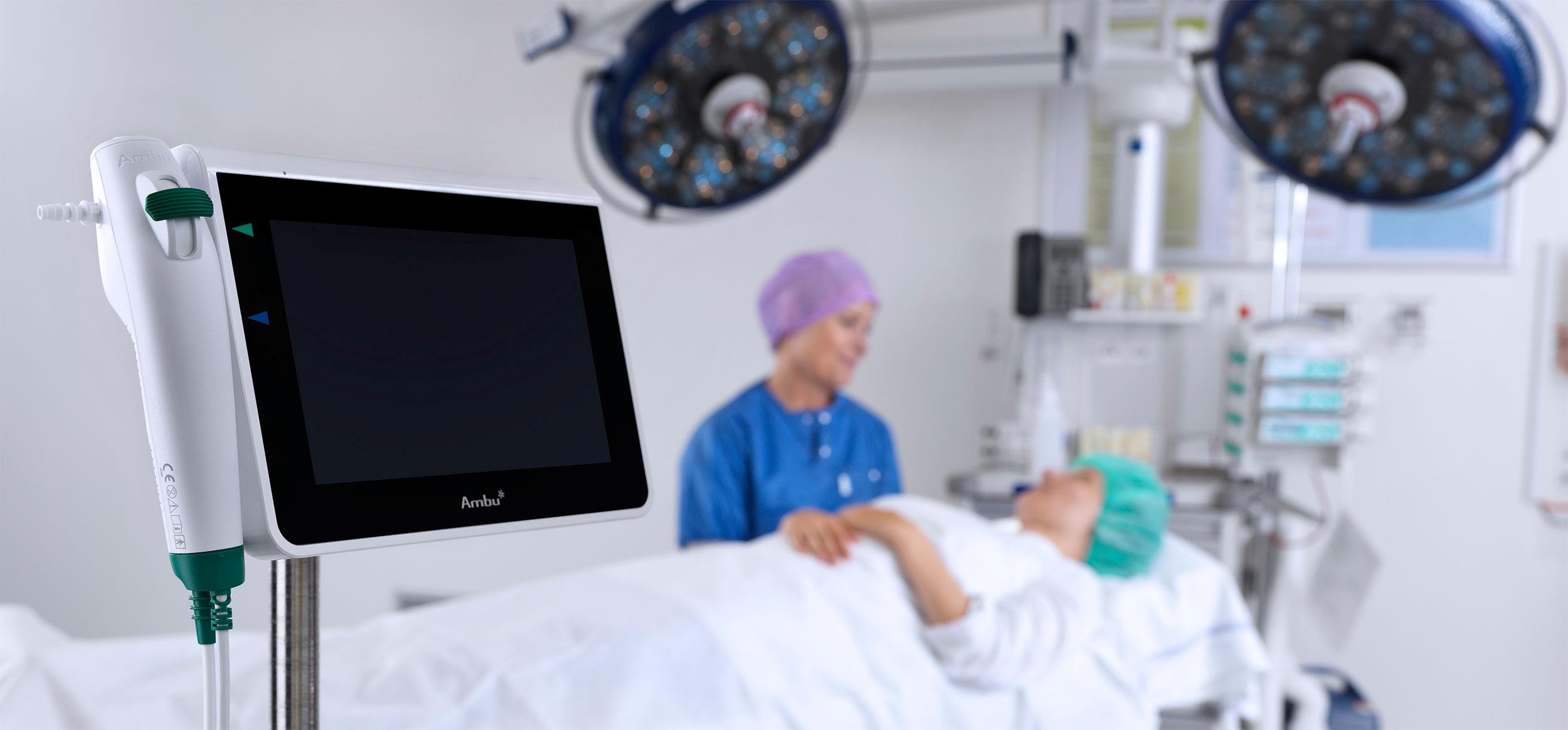The ideal choice for intubation
Ready to use whenever and wherever you need them, the aScope 4 Broncho single-use bronchoscope and King Vision video laryngoscope are ideal for all types of intubation.
Standards are changing
The clinical airway community is increasingly embracing visualisation devices to enhance patient safety and control costs.
This trend is further accelerated as clinical studies document the benefits of using advanced visualisation equipment, for example, for intubation. It is also reflected in the latest guidelines – Both the ASA guidelines on Difficult Airway Management and the extensive NAP 4 Report1 from the UK underline the importance of adding visualisation devices to the airway management toolbox.
Difficulty in managing the airway is the single most important cause of major anaesthesia-related morbidity and mortality.
Expect – plan – act
Sometimes a situation arises that calls for extra levels of expertise. Difficult airway algorithms have found their way into practice as a powerful tool that can help clinicians navigate through critical situations. Knowing which devices to turn to in specific situations and having trained properly in the techniques of these devices can make all the difference.
Depending on the pre-anaesthesia evaluation of the patient and the desired intubation approach, Ambu offers a solution for both expected and unexpected scenarios. Whatever the situation, we can provide a simple, flexible versatile toolbox that can be implemented at an affordable cost.
The King Vision video laryngoscope is preferred for routine intubations and for anterior airways.
The aScope 4 Broncho single-use flexible bronchoscope can be used for oral and nasal intubations in both awake and asleep patients.
Securing a difficult airway
The aScope 4 Broncho and King Vision video laryngoscope facilitate endotracheal intubation by indirect visualisation of the glottic structures. They offer you a direct line of sight to the larynx, thereby bypassing the mechanical challenges of aligning the oral, pharyngeal and laryngeal axes.
Availability of bronchoscopes is a recurrent problem
Insufficient availability of equipment for management of the difficult airway and the proper training in the use of this equipment were considered among major causative or contributing factors to poor outcomes. Immediate access to a fibrescope for airway inspection or for difficult airway management was a recurrent problem1
— NAP4 ICU recommendation
Intubating SGA as a conduit for tracheal intubation
Management of an expected or unexpected difficult airway using aScope 4 Broncho Slim with an intubating SGA (iSGA) as conduit is a strategy that allows for minimal interruption of ventilation and oxygenation as well as a rapid conversion to tracheal intubation at a later stage if needed.
References
- NAP4 - 4th National Audit Project of The Royal College of Anaesthetists and The Difficult Airway Society.
Read the full report



